After a Spanish Grand Prix filled with action and overtakes, at least behind the dominant Max Verstappen, Formula 1 moves away from Europe and back to North America for the Canadian Grand Prix in Montreal this weekend.
Verstappen and Red Bull hold a commanding lead in the F1 drivers' and constructors' standings, and heading to a track that allows several opportunities to overtake and three DRS zones, the Dutchman will be firmly expected to continue his dominance in Canada.
Race preview
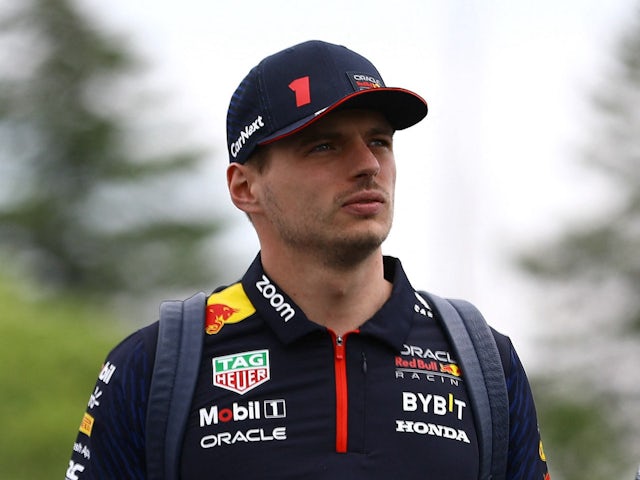 © Reuters
© Reuters
Red Bull will have the opportunity to make history in this race as a win will earn them their 100th Grand Prix win in Formula 1, while if Verstappen ends up on the top step again, he will match Ayrton Senna's tally of 41 wins and leave him joint-fifth in the all-time standings.
Perhaps the only disappointment that can be pointed out for Red Bull this season could be the inconsistency of Sergio Perez, who won two of the first four races this year before falling to 16th and then fourth in Monaco and Spain, respectively.
The Mexican has lost as many as 47 points to his teammate over the last three races but is still in second place with 117 points, 53 behind Verstappen (170) and 18 ahead of Fernando Alonso (99).
Montreal should be a good circuit for Red Bull, but some may argue that they may not finish as far ahead of the pack as they did in Spain, as heavy braking could result in the likes of Aston Martin and Mercedes closing the gap.
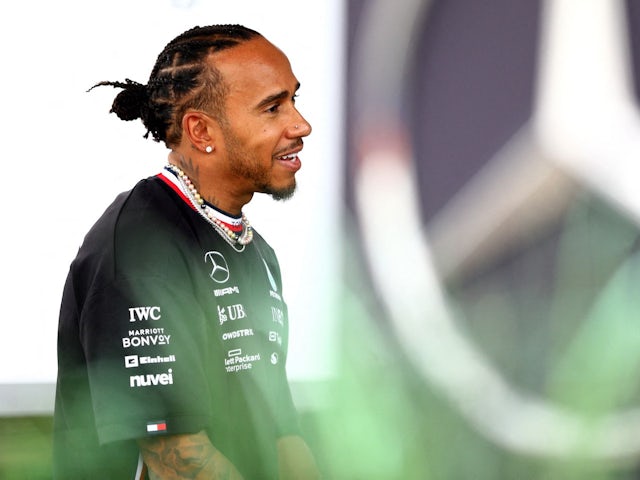 © Reuters
© Reuters
Mercedes managed a massive upturn in Spain as their updated W14 showed signs of its true capabilities by delivering the best result of the season to date, with Lewis Hamilton and teammate George Russell both securing spots on the podium, with Russell coming from as far back as 12th on the grid.
The massive result for Mercedes saw them move ahead of Aston Martin and Ferrari, and they are now in a position to prove whether their improved ranking is merited by cementing their place as the closest challengers to Red Bull with another good performance here.
Post-race, both drivers expressed their satisfaction, mentioning that their cars felt better than anything they had driven since the F1's new regulations, confirming their decision to ditch the zero side pod concept and upgrade the flow was the right move.
Mercedes may not be as strong as Aston Martin on the brakes, but they generally are faster in a straight line which will make the battle between these two teams very interesting.
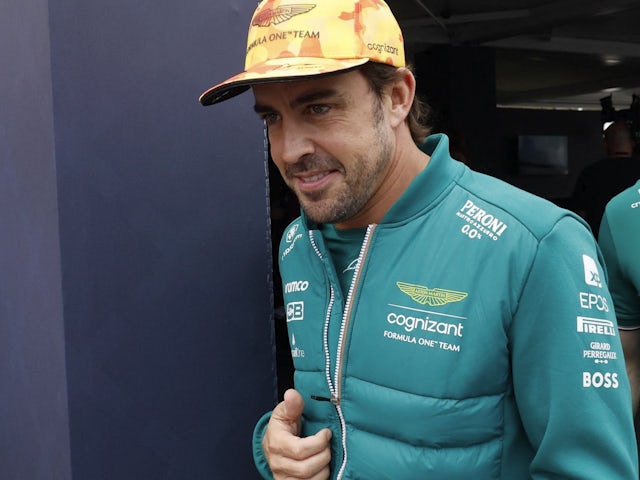 © Reuters
© Reuters
Meanwhile, Aston Martin's promising start to the season took a backward step in Spain as Lance Stroll and Alonso only managed sixth and seventh place, respectively, allowing Mercedes past them in the Constructors Championship standings.
Canada could be a welcome track for Aston Martin, whose biggest advantage all season long has been their ability on the brakes, which is one of the reasons that Alonso was so strong in Monaco, and Montreal is a circuit with the most amount of heavy braking sectors.
The major downside for Aston Martin, though, is that Montreal does feature long straights; however, the team at Aston Martin have been reported to be bringing new updates to the AMR23 for the next race, and if it pays dividends, it could pave the way for Stroll to become the first Canadian since Jacques Villeneuve in 1996 to finish on the podium in their homeland.
Alonso has already notched up five podium finishes this season, while Stroll is yet to earn a spot on the step but did get the better of his teammate last time out.
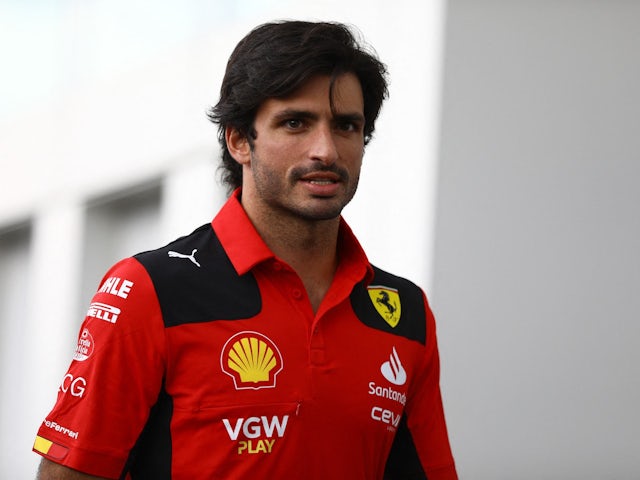 © Reuters
© Reuters
Ferrari had another difficult week, which has become something of a trend for them in 2023, and they will be hoping that they can find some inspiration off the back of their success in the Le Mans 24 Hours.
With a new side pod design that is more in line with what we see from Aston Martin and Red Bull, Carlos Sainz went from second on the grid to fifth at the chequered flag, while Charles Leclerc had another nightmare, qualifying 19th and finishing outside the points.
Ultimately Spain would have felt like a step backwards for them as up to then, high downforce and high-speed circuits had suited their car quite nicely, but unfortunately for Ferrari, the same issues we have seen in previous races crept in as they were once again hard on their tires and their strategy was questionable.
Ferrari had a good time of it in Canada last year, with Sainz finishing second while Leclerc worked his way to fifth from way back on the grid, and Fred Vasseur will no doubt draw on last year's effort combined with the upgrades made to the SF23 in Spain for a better weekend this time.
Track Guide
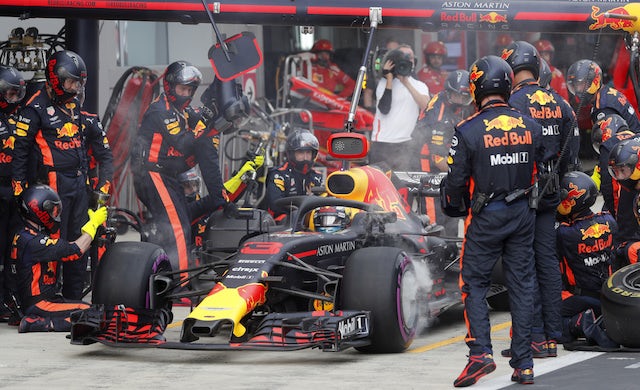 © Reuters
© ReutersThe Montreal layout allows for great racing because it has a mixture of long straights interrupted by tight chicanes, and one of the notable points about Montreal is that the walls are close to the track meaning that any small mistake can be punished.
The exit at turn four catches out any driver that runs wide through turn three, and we have seen that happen many times in the past while the famous Wall of Champions chicane at the end of the circuit has claimed many former world champions such as Damon Hill, Jenson Button, Sebastian Vettel and even Michael Schumacher.
The 2.71-mile track allows for easy overtakes with its long straights and late braking, though last year, there were only 35 overtakes in the race.
Montreal features three DRS zones, with the first on the run from turn seven to the turn eight and nine chicane, the second is on the exit of the hairpin down the back straight into the Wall of Champions chicane, and the final DRS zone is from the exit of the Wall of Champions down the pit straight and into turn one.
The DRS detection zone for the back straight is a long time before the hairpin, so any driver that gets a good exit at turn nine could pass the detection zone behind the car in front and send it into the hairpin, passing their opponents before getting two uses of DRS all the way into turn one, which could be a huge advantage for the cars with DRS efficiency advantage.
Qualifiers could be really close, but Verstappen will likely dominate the race if he takes the lead early, as the long straights will allow him to open the taps in the Red Bull, which we know he is well capable of doing.
Pirelli will be bringing the C3, C4 and C5 compound of tyres which are the softest in the range and is the same as they brought last year and in Monaco, but the average speed is much higher than Monaco, where the top speed was 158.7 kph while the 2022 Canadian Grand Prix top speed was recorded at 207.25 by Sainz in the Ferrari.
The weather could also play a factor in Canada, as the cool climate and track conditions could result in some graining of the tires, which may affect grip, especially at the start of the weekend.
Qualifying Results
1. Max Verstappen
2. Fernando Alonso
3. Lewis Hamilton
4. George Russell
5. Nico Hulkenberg
6. Esteban Ocon
7. Lando Norris
8. Oscar Piastri
9. Alexander Albon
10. Charles Leclerc
11. Carlos Sainz
12. Sergio Perez
13. Kevin Magnussen
14. Valtteri Bottas
15. Pierre Gasly
16. Lance Stroll
17. Nyck De Vries
18. Logan Sargeant
19. Yuki Tsunoda
20. Zhou Guanyu
Everything seems to be falling in place for Red Bull to earn their 100th F1 win in Canada going into Sunday as Verstappen secured his fifth pole of the year, setting a best time of 1:25.858 in Q3.
The Dutchman made the most of being first out on the track in intensifying rain, and it looked as though he was going to be joined by a surprise front-row competitor in Hulkenberg but the Haas driver was demoted three places almost four hours after qualifying came to an end.
Hulkenberg was found to have not slowed sufficiently when a red flag came out after Piastri went into the barriers on the slippery surface, bumping Alsono to the front row of the grid with a time of 1:27.627.
The Mercedes duo of Hamilton and Russell will make up the second row, with Hulkenberg down to fifth, while Sainz also received a three-place grid penalty after he impeded Gasly in Q1, knocking him from eighth to 11th.
Gasly had to take evasive action, forcing him onto the run-off area at the final chicane with cars backing up and Sainz seemingly unaware of the Alpine coming in hot to his left.
In the other Ferrari, Leclerc, who originally missed out on yet another top-10 qualification will now start in 10th with Sainz's demotion while another disappointing performance from Perez will start in in 12th.
Albon was the fastest driver in Q2 after an excellent lap on the soft tyre but he could not set a set a lap time in the final session and will have to settle for a ninth-placed start, behind Piastri in eighth.
Elsewhere, Tsunoda fell from 16th to 19th after he impeded Hulkenberg in the first session of qualifying, and Lance Stroll was also dropped from 13th to 16th for the same offence, against Ocon.
Driver Standings
1. Max Verstappen (Red Bull) - 170
2. Sergio Perez (Red Bull) - 117
3. Fernando Alonso (Aston Martin) - 99
4. Lewis Hamilton (Mercedes) - 87
5. George Russell (Mercedes) - 65
6. Carlos Sainz (Ferrari) - 58
7. Charles Leclerc (Ferrari) - 42
8. Lance Stroll (Aston Martin) - 35
9. Esteban Ocon (Alpine) - 25
10. Pierre Gasly (Alpine) - 15
11. Lando Norris (McLaren) - 12
12. Nico Hulkenberg (Haas) - 6
13. Oscar Piastri (McLaren) - 5
14. Valtteri Bottas (Alfa Romeo) - 4
15. Zhou Guanyu (Alfa Romeo) - 4
16. Yuki Tsunoda (AlphaTauri) - 2
17. Kevin Magnussen (Haas) - 2
18. Alexander Albon (Williams) - 1
19. Nyck De Vries (AlphaTauri) - 0
20. Logan Sargeant (Williams) - 0
Constructor Standings
1. Red Bull - 287
2. Mercedes - 152
3. Aston Martin - 134
4. Ferrari - 100
5. Alpine - 40
6. McLaren - 17
7. Haas F1 team - 8
8. Alfa Romeo - 8
9. AlphaTauri - 2
10. Williams - 1

We say: Max Verstappen to win
Qualification positions in Montreal arguably do not matter as much as some of the other circuits, with plenty of opportunities for drivers to overtake on the long traits. If Verstappen takes the lead early, he should drive away from the rest.









